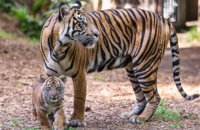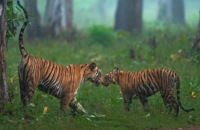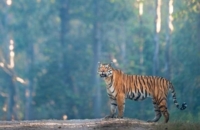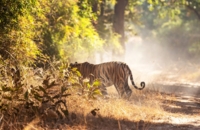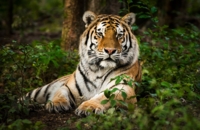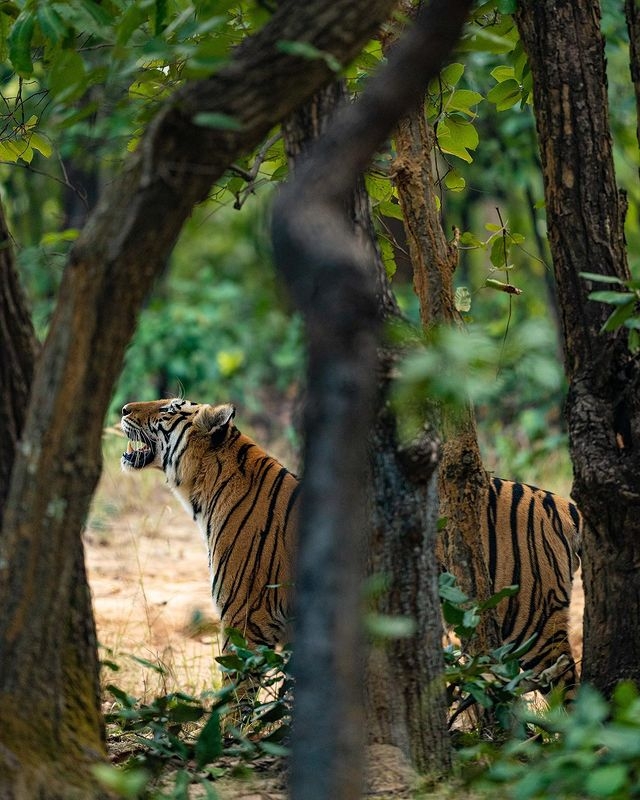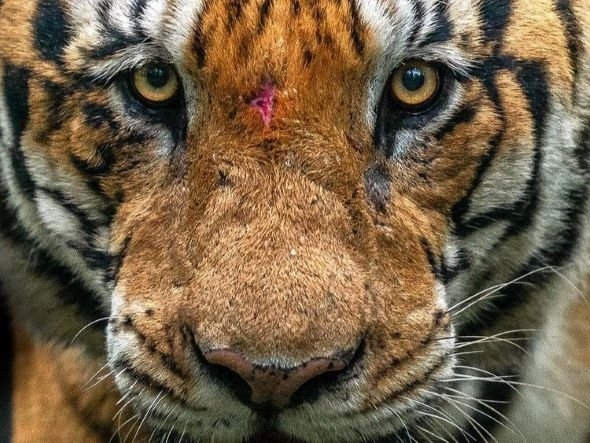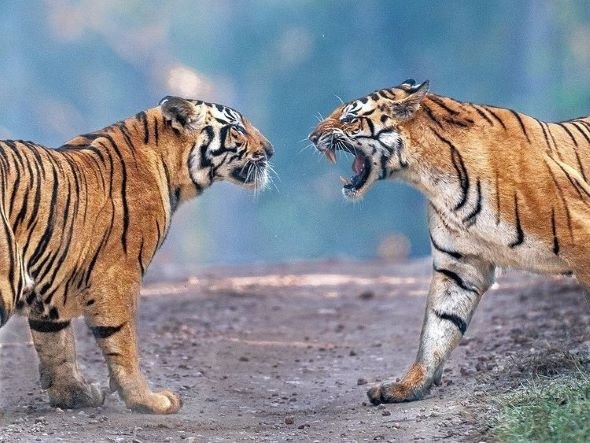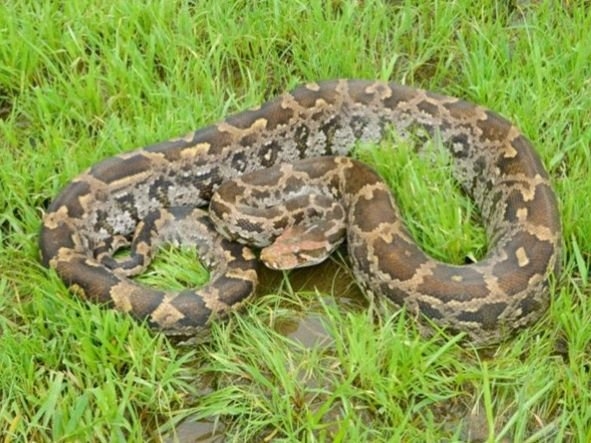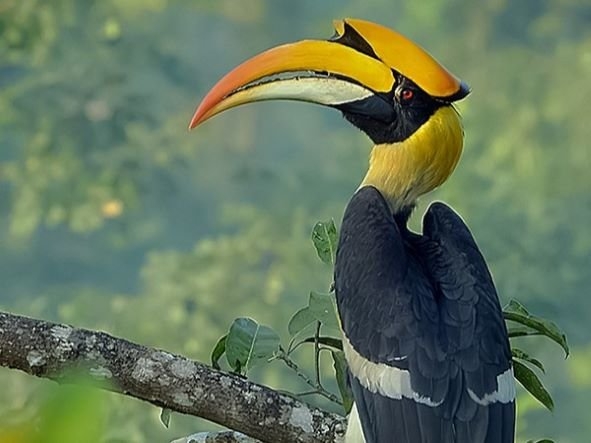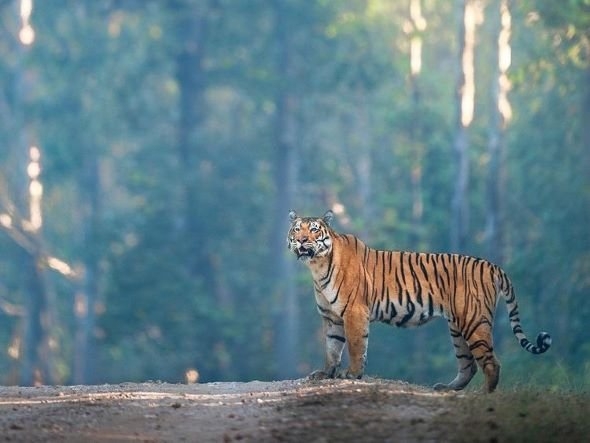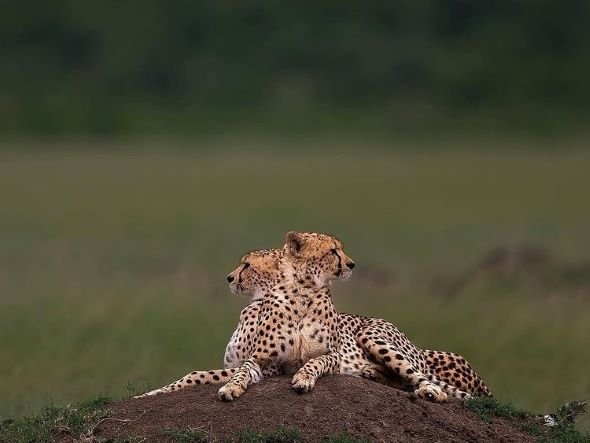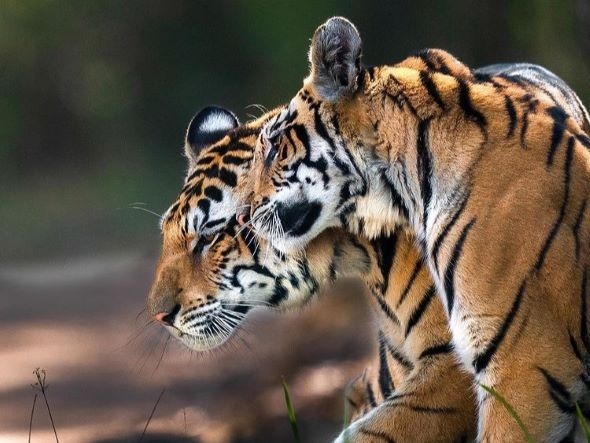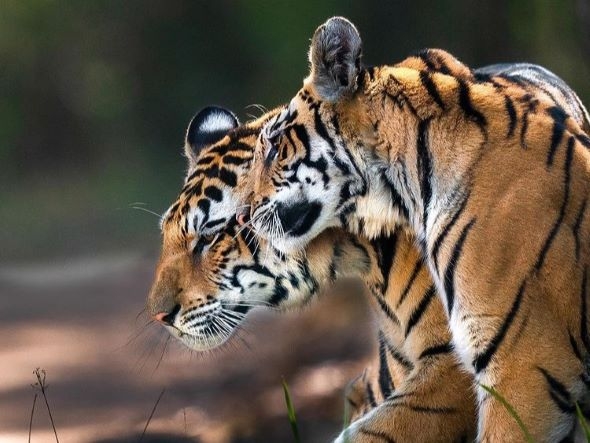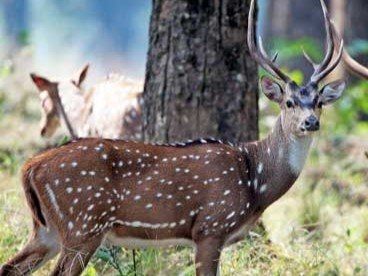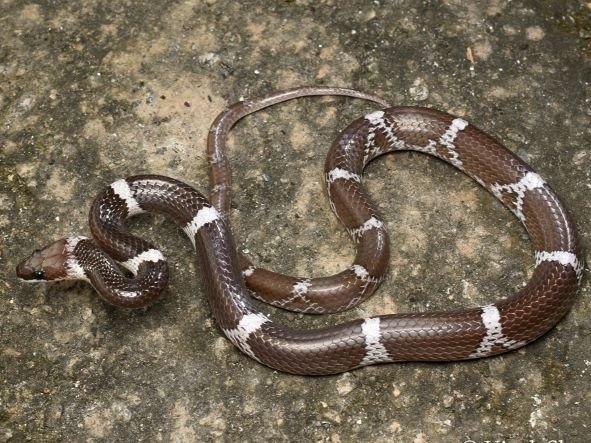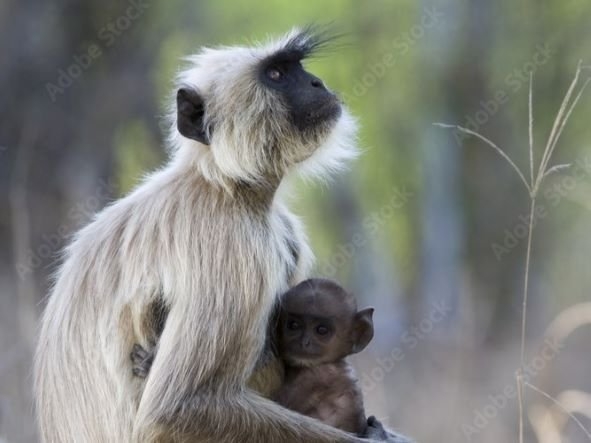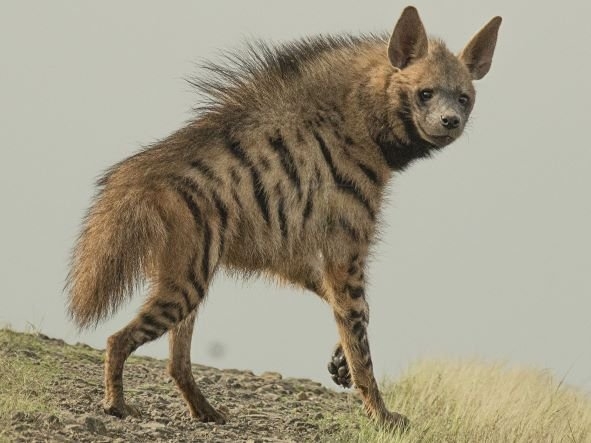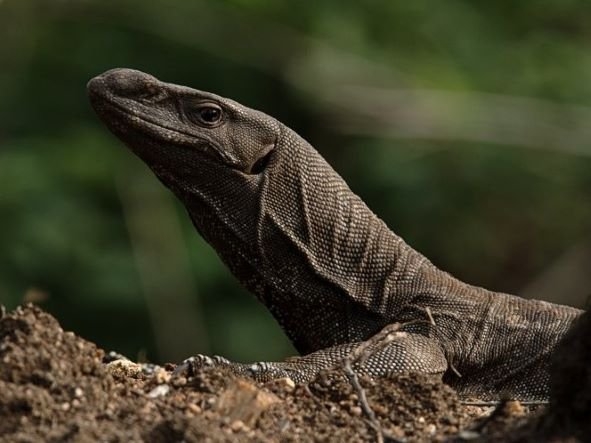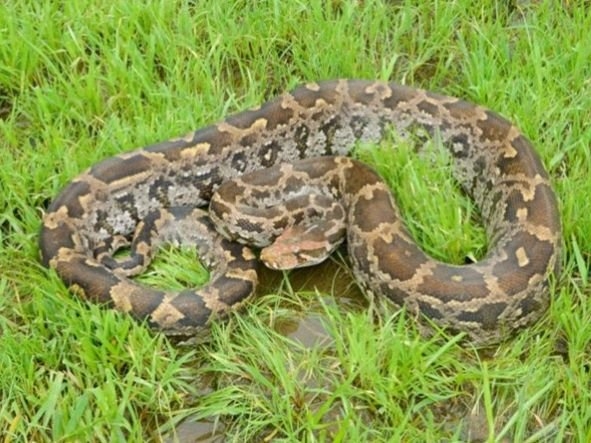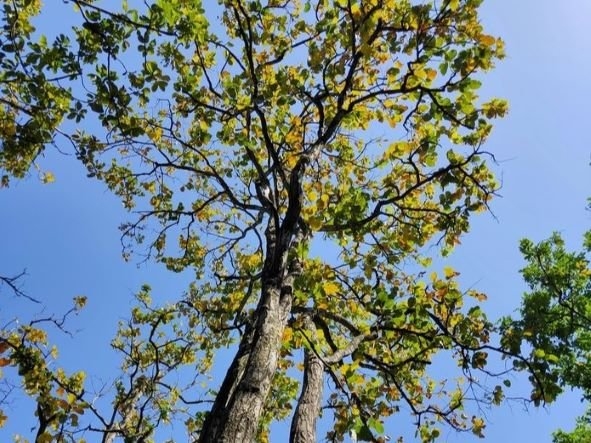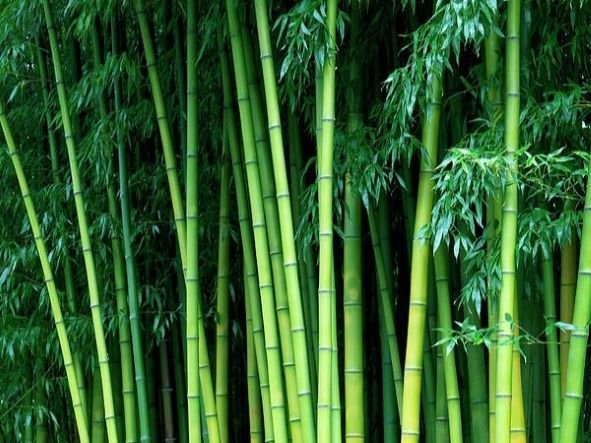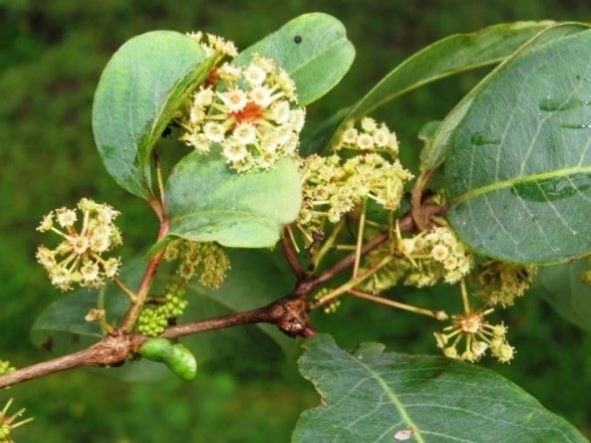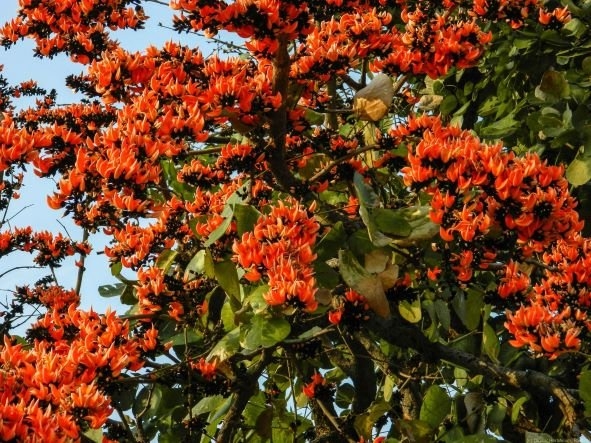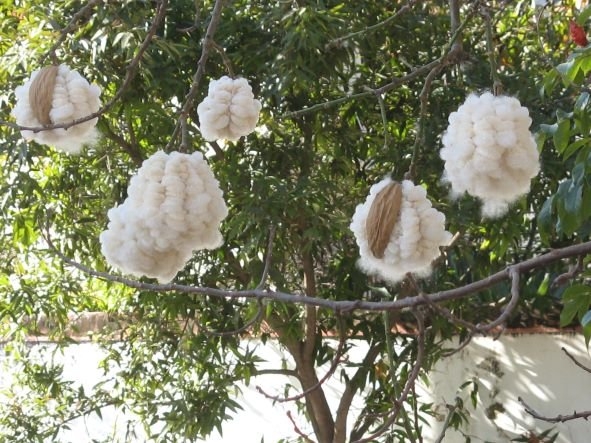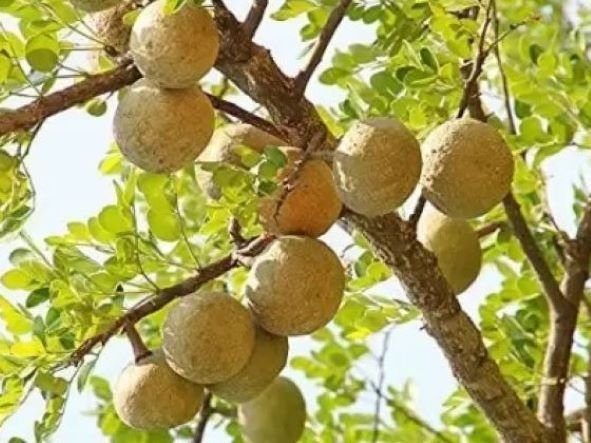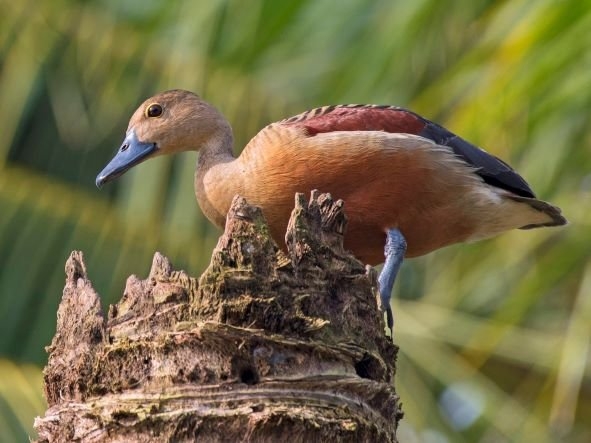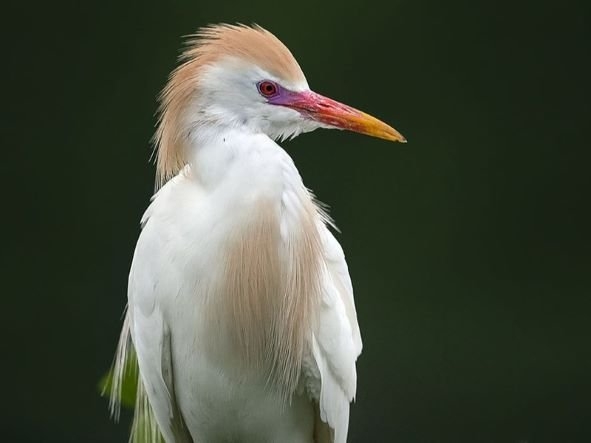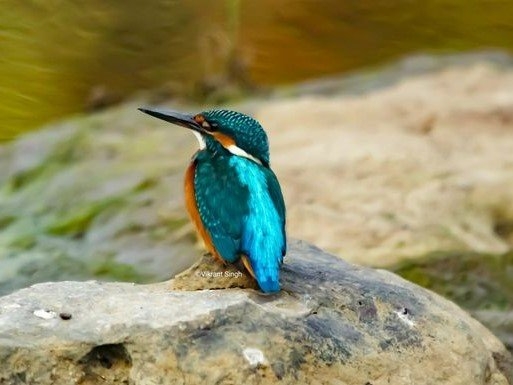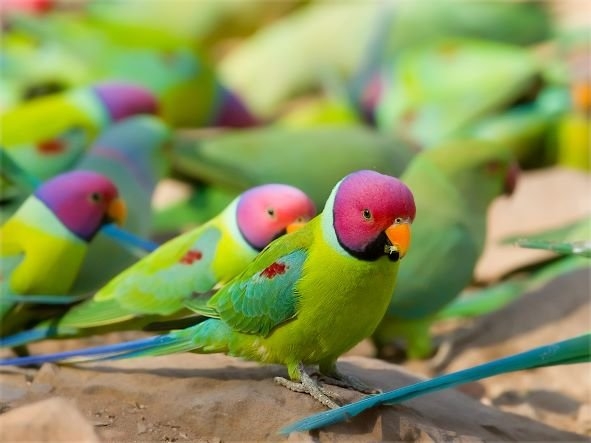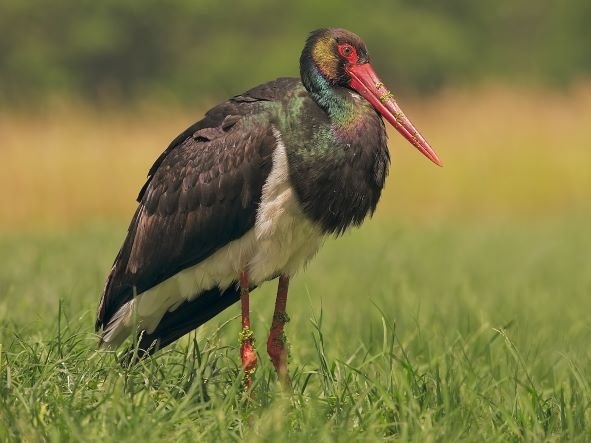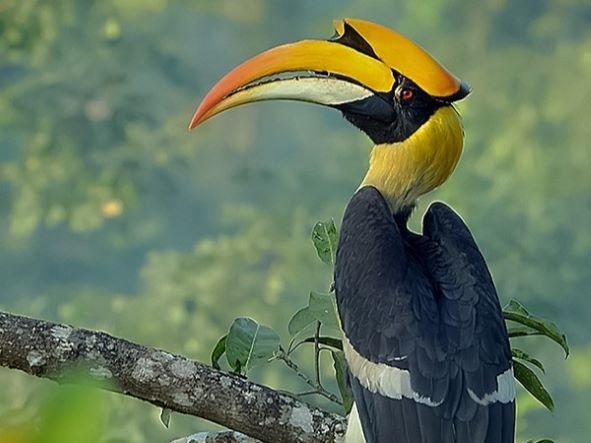Jeep Safari in Bandhavgarh
Jeep Safari in Bandhavgarh National Park is 3 hours ride organized by forest department of Madhya Pradesh. This park is very popular as Bandhavgarh Tiger Reserve has the highest densities of tigers amongst all national parks. If you wish to spot the wild creatures in its natural surroundings, you need to book your safari in advance.
Open jeeps are used as vehicles for Jeep Safari in Bandhavgarh and six people can be accommodated in it, apart from the driver and nature guide. Since there is no guarantee that you will be able to spot the tiger in a single safari, it is usually recommended to book more than one safari to increase your chances of tiger spotting.
Package Rate & Inclusions:
- For Indians: Total package amount is INR 7500/- to 8000/- per jeep per time
- INR 3,900/- (weekdays) or INR 4,400/- (weekend / premium dates) to be paid at the time of booking
- INR 3,600/- to be paid at the time of boarding for vehicle & driver and guide
- For Foreigners: Total package amount is INR 12,000/- to 14,000/- per jeep per time
- INR 8,400/- (weekdays) or INR 10,400/- (weekend / premium dates) to be paid at the time of booking
- INR 3,600/- to be paid at the time of boarding for vehicle & driver and guide
- Permit issued by Forest department to enter in to the zone
- Vehicle, driver & Guide
- Payment processing charges & GST
Note:
- Guest has to pay Vehicle, Driver & Guide charges at the time of Safari boarding on actual basis as they are not included in your safari booking amount approximately INR 3,600/-
- Camera fees are not included in the package. (There is no charge for Mobile Phones.)
- Jeep safari and zone is given as per subject to availability.
- You have to reach at the booked entry gate on time on safari boarding day.
- If forest department increase permit charges, difference amount is payable by traveller at the time of boarding.
Operation period: from 1st October to 30th June. However, you can enjoy Jeep Safari in buffer zone throughout the year.
Details of core area gates & No. of jeeps:
| Safari Zone |
Tala |
Magadhi |
Khitauli |
| Morning |
28 |
26 |
21 |
| Evening |
27 |
25 |
20 |
Safari timings in Core zone:
Bandhavgarh National Park is divided into three core zones, Tala, Magadhi, and Khitauli.
Tala– Amongst the three core zones, Tala is the most famous and oldest zone of the park and refers to Gate 1. The gate of this zone is merely 1 km from the Tala bus stop. It is the most popular zone for tiger sighting in Bandhavgarh National Park.
Magadhi– This zone is 12 km from the Tala bus stop. The southeast side of Tala zone, it is also referred to as Gate 2 of Bandhavgarh National Park.
Khitauli– Also known as Gate 3 of Bandhavgarh National Park, this zone is 5 km from Tala village. It forms the western part of the tiger reserve and is situated just opposite to Magadhi zone. Leopards, sloth bears, and wild dogs are quite common in this zone.
| Timing |
01 Oct - 31 Dec |
01 Jan - 31 Mar |
01 Apr - 30 Jun |
| Morning |
6:00 to 11:30 am |
6:30 to 11:30 am |
5:30 to 11:30 am |
| Evening |
3:00 to 6:00 pm |
3:00 to 5:30 pm |
4:00 to 7:00 pm |
Cancellation Policy:
- 50% Refund, if cancelled between 60 - 90 days prior to safari boarding date
- 25% Refund, if cancelled between 40 - 59 days prior to safari boarding date
- No Refund, if cancelled between 0 - 39 days prior to safari boarding date
- Days are calculated excluding the Safari Boarding day & Cancellation request day.
- Cancellation request received after 6 PM will be considered on next working day.
*Cancellation policy mentioned above is subject to change.
It is mandatory to provide ID proof detail of all members while booking. ID proofs submitted while Safari Booking will be verified with the original ID proofs at safari boarding time. Boarding will not be possible if found any discrepancy and any refund will not be processed in this case. No ID proofs are accepted other than mentioned in the Booking Form.
Once the safari is booked, any kind of modification is strictly NOT possible. Safaris are showing available while starting booking, but it is possible that once booked, it may not be available. We will contact you within 24 Hours for such case. If booked safari is not available, we will offer you another available safari in other zone/ time slot or we will refund full amount (except payment gateway charges) in case of unavailability of requested jeep safari.
Forest department reserves the right to cancel the permit or slightly modify the timing in unavoidable circumstances. Decision of the forest department will be final in such case.
Book Now
Animals & Reptiles
The Bandhavgarh National Park, a previous game reserve of the Maharaja of Rewa has arisen as a well known focal point for travelers who love to see the untamed life in their regular environmental elements. The high thickness of tigers is one of the significant explanations behind the ubiquity of this park. The Bandhavgarh National Park has almost 60 tigers in the 450 sq. km. region. In addition, it is the main spot where white tigers should live. The most recent white tiger 'Mohan' was caught by Maharaja Martand Singh in 1951 and is in plain view at the historical center. Aside from tigers, there are a few different creatures, birds, and reptiles that structure an essential piece of the fauna of Bandhavgarh National Park.
However the Royal Bengal tiger (Panthera tigristigris) is the primary fascination at the untamed life park, there are 22 different types of warm blooded animals that are likewise seen as here. These incorporate seldom located creatures like panthers and sloth bears. Aside from these subtle creatures, one can without much of a stretch spot mammalian animal types like sambar, nilgai, spotted deer or chital, striped hyena, normal langur, wilderness felines, embarrassed monkey, Bengal fox, gaur or Indian buffalo, wild pig, dark mongoose, bandicoot rodent, four-horned eland or chausingha, Asiatic jackal, chinkara, elephants, Indian wolf, yapping deer or muntjac, Indian gazelle or chinkara, wild canine or dhole, ratel, rhesus monkey, jackal, porcupines and so forth.
The locale of Bandhavgarh National Park likewise brags of a few reptilian animal groups. These incorporate a few reptile assortments including Varanus, as well as different reptiles including a fold shell turtle, python, Russell's snake, normal Indian krait, rodent snake, Indian cobra, fat-followed gecko, normal skink, normal Indian screen, normal nursery reptile, northern house gecko, normal green whip snake, buff striped keelback, normal wolf snake, forest calotes and so on.
The Bandhavgarh National Park gloats of a huge 80 types of butterflies in the locale which can be seen from lateJune to early July and September to late November. Different butterfly species having a place with different gatherings can be spotted here. These incorporate normal rose, dark red rose, normal Mormon, lime yellow butterfly, normal jezebel, normal grass yellow, zebra blue, normal wanderer, normal grass yellow, pale grass blue, normal Silverline, striped tiger, plum juay, plain tiger, normal night brown, normal crow, calculated castor, normal crow, lemon pansy, peacock pansy, normal panther, baronet, blue oak leaf, normal mariner and so forth are a few types of butterflies that can be seen in open forest or weed meadows.
Flora of Bandhavgarh forest
The forests of Bandhavgarh National Park are for the most part tropical and sodden deciduous forests. Since the district is honored with a moderate environment, the whole forest looks hypnotizing. After a sound rainstorm, the forest showcases horde shades of rich greens which make for a breathtaking sight. The vegetation of the forest contains principally of Sal trees in the valley, while bamboo trees line the lower slants. These two trees involve the significant greenery of the Bandhavgarh National Park and cover the whole plain area of the forest. The upper region of the slants have a blended forest because of contrasts in soil qualities.
The wilderness has huge fields of forests with inadequate dry undergrowth. The variety in landforms and soil brings about various sorts of vegetation. The forest of the area can be ordered into the soggy peninsular low-level Sal forests, the West Gangetic clammy blended deciduous forests, Southern tropical sodden deciduous and dry deciduous forests. The dazzling vegetation of the recreation area is overwhelmed by Sal and bamboo, however a few different assortments of trees are likewise tracked down in the district. There are 50 oceanic plant species, 600 blooming plant species and 18 plant species separated from a few trees, bushes and spices in the center and cushion zone region that offer nourishment to birds and different herbivores. These herbivores act as nourishment for carnivores like tigers that rule the forests of Bandhavgarh.
Sal trees structure one of the prevailing greenery of the Bandhavgarh forests. The trees are known for termite-safe wood which proves to be useful for making furniture. They additionally track down utilization for the development of rail line sleepers. The gum set free from its stem additionally tracks down application in marine yards and for making show clean. Aside from Sal (Shorearobusta) the other normal plant found in the district is bamboo (Dendrocalamusstrictus).There are a few different trees that are tracked down in the locale. These incorporate Dhauda (Anogeissus latifolia), Arjun (Terminalia arjuna), Bhirra (Chloroxylon sweitenia), Khamer, Salai (Boswellia serrata), Gamar (Gmelina arborea), Dhaman (Grewia tilifolia), Khair (Acacia katechu), Kusum (Scleicheratrijuga), Haldu (Adina cardifolia), Kalasiris (Albizzia lebbek), Frankincense tree and so forth. The Saja (Terminalia tomentosa) tree and related bushes of the family are a rich wellspring of medications, gums and oil. The Semar (Bombax ceiba) tree is notable for the creation of careful dressings. The floss of the plant is likewise used to get ready stuffing for cushions. The leaves of the Tendu (Diospyros melanoxylon) plant are sought after for rolling 'beedis' while its blossoms and bark should have properties to fix apprehensive issues. The ripe terrains of the district are packed with high fields. Amla (Emblica officinalis), Banyan (Ficusbengalensis),Pipal (Ficus religiosa), Mango (Mangifera indica), Jamun (Syzigiumcuminii), Stone apple or Bel (Aegle marmelos), Ber (Ziziphus mauritiana) and so on are a portion of the natural product trees that are tracked down in the forests of Bandhavgarh National Park. The blossoming trees that grant the forest its bunch tones throughout the spring season incorporate Palasor Flame of the Forest (Butea monosperma),Amaltas (Cassia fistula), Kapok (Bombay ceiba), and the climber (Butea superba). The Mahua (Madhuca indica) plant is additionally one of the famous ones in the district. Its blossoms are utilized to make strong homemade libation that is consumed by the neighborhood locals. Aside from this, the oil got from its seeds is utilized in the cleanser business and as consumable oil as well.
Uncommon types of insectivorous plants like Drocerapeltata are tracked down in the district. Aside from them, restorative plants are likewise present nearby. In a few segregated patches of the Tala scope of Bandhavgarh reserve, Acorus calamus (Buch), a restorative plant can be found without any problem.
Bird Watching
Thanks to abundance in vegetation and conducive atmosphere, avian life is rich in the region. It is said that Bandhavgarh National Park is home to around 250 species of birds. The most common ones that can be spotted in the park include lesser whistling teal, great egret, little grebe, white-eyed buzzard, black vulture, dove, common kingfisher, red jungle fowl, Egyptian vulture, crested serpent eagle, stork, black kite, common peafowl, parakeet, Indian roller, peacock, changeable hawk-eagle.
Some unique birds found in the Bandhavgarh National Park include green-headed barbet, common myna, orange-headed thrush, plum-headed parakeet, rock pigeon, brown-headed barbet, cattle egret, coppersmith barbet, little egret, Alexandrine parakeet, Indian grey hornbill, house crow, black drongo, carrion crow, pond heron, oriental magpie robin, Indian robin, black-winged stilt, Eurasian collared dove, common snipe, Indian peafowl, red-wattled lapwing, greater coucal, large-billed crow, lesser adjutant stork, hoopoe, oriental white eye, sirkeer malkoha, spotted dove, olive-backed pipit, white-browed fantail flycatcher, rufous treepie, yellow-crowned woodpecker, white-throated kingfisher, black stork, red-rumped swallow, red-vented bulbul, Asian green bee-eater, long-billed vulture, greater racket-tailed drongo, brown fish owl, chestnut-shouldered petronia, grey-capped pygmy woodpecker, black redstart, brahminy starling, yellow-footed green pigeon, Malabar pied hornbill, common kestrel, Asian duck, white-throated fantail flycatcher, rufous woodpecker, crested hawk eagle, sapphire flycatcher, oriental turtle dove, white-rumped vulture, house sparrow, golden oriole, black-rumpedflameack woodpecker, rose-ringed parakeet, black ibis, giant leafbird, purple sunbird, little cormorant, common tailorbird, white-tailed swallow, jungle babbler, common sandpiper, sarus cranes, etc.

